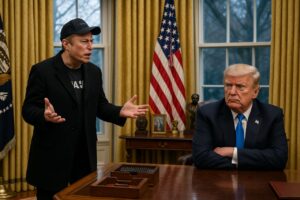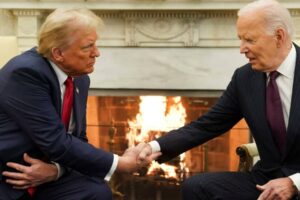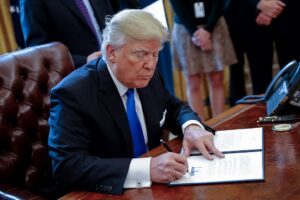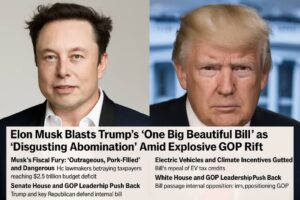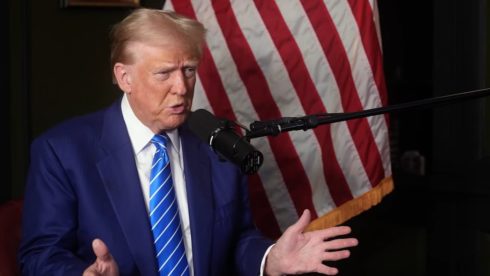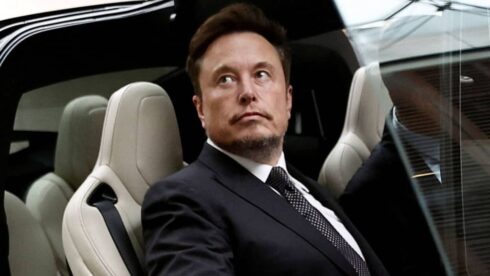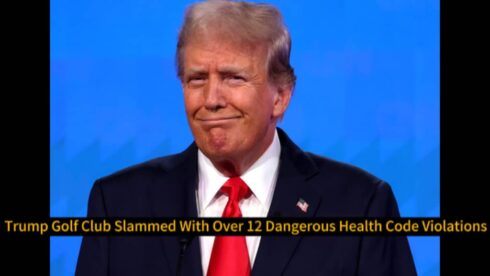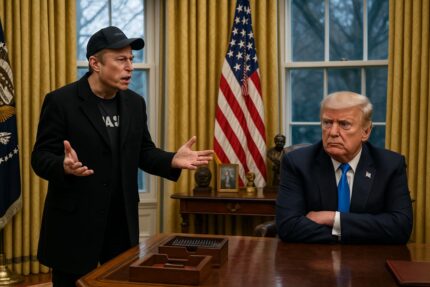The December 2024 government shutdown showdown became the first significant test of President-elect Donald Trump’s influence over Republicans in Congress. Despite his commanding return to the political stage, Trump faced an uphill battle to secure party unity in the House.
Donald Trump’s attempt to derail a bipartisan government funding bill, with outspoken backing from Elon Musk, set the tone for a contentious week. His alternative—a scaled-down funding bill tied to a debt-limit suspension—met resistance from both sides of the aisle. This resistance exposed a critical weakness: the difficulty of reconciling Donald Trump’s ambitious legislative agenda with the ideological diversity of his party and the broader demands of Congress.
Bipartisan Pushback and a Stunning Defeat
The scaled-back funding proposal Donald Trump championed faced fierce bipartisan opposition. Thirty-eight Republicans joined Democrats in voting down the bill, marking a rare but sharp rebuke of the president-elect. This defeat underscored a stark reality: Trump’s legislative influence could falter even within his party.
Republican leaders scrambled to salvage the situation, proposing separate votes on the bill’s components, including funding for disaster relief and healthcare. However, the inclusion of a debt-limit suspension proved contentious. As opposition grew, the Republicans and Democrats brokered a compromise, removing the debt-limit provision and securing enough votes to pass the funding bill. This partial victory highlighted the challenge Trump faces in uniting his party and pushing his legislative priorities forward.
Debt-Limit Debate Postponed
Although the government funding crisis was temporarily resolved, the debt-limit issue remains a looming challenge. Republicans agreed to address the debt limit without Democratic support in 2025, tied to significant spending cuts targeting mandatory programs like veterans’ benefits and food aid. Such cuts are likely to spark fierce opposition from Democrats and public backlash.
This compromise sets the stage for a high-stakes battle in the new year. With a March deadline for the next budget agreement, the Republican majority must navigate contentious debates on spending while advancing Trump’s agenda on immigration, taxes, and trade. The pressure to deliver results in a narrowly divided House adds another layer of complexity to their legislative strategy.
The Limits of Trump’s Influence
The events of this week highlight the tenuous nature of the Republican majority in Congress and the constraints on Trump’s power. While Trump’s influence remains significant, his inability to rally unanimous support for key initiatives reveals a fragmented Republican Party.
Republicans’ aversion to bipartisan compromise creates additional hurdles for Donald Trump’s agenda. The president-elect’s partnership with high-profile allies like Elon Musk demonstrates his ability to disrupt, but it also exposes his struggle to build coalitions necessary for legislative success. As Trump prepares to re-enter the White House, the shutdown drama serves as a stark reminder of the challenges ahead.
Strategic Compromise Emerges Amid Crisis
In a remarkable display of political pragmatism, Democrats and Republicans eventually found common ground on a revised funding bill that excluded the controversial debt ceiling provision. While 34 Republican budget hawks maintained their opposition, Democratic support ensured the bill cleared the two-thirds majority threshold needed for passage.
The compromise solution demonstrated both parties’ recognition of the political costs associated with a government shutdown during the holiday season. It also highlighted the growing necessity for bipartisan cooperation in an increasingly divided Congress.
Future Challenges and Power Dynamics
Republican leaders have privately committed to addressing the debt ceiling issue in 2024, planning to couple it with significant cuts to mandatory spending programs. However, this strategy faces substantial obstacles, including strong Democratic opposition and potential public backlash against cuts to popular programs like veterans’ benefits and healthcare.
The episode has fundamentally exposed the precarious nature of Republican control in the House and the limitations of Trump’s political influence. Despite his ability to disrupt legislation, Trump’s struggle to unite his party behind positive initiatives suggests challenges ahead for his legislative agenda when he returns to the White House. CopyRetryClaude can make mistakes. Please double-check responses.



